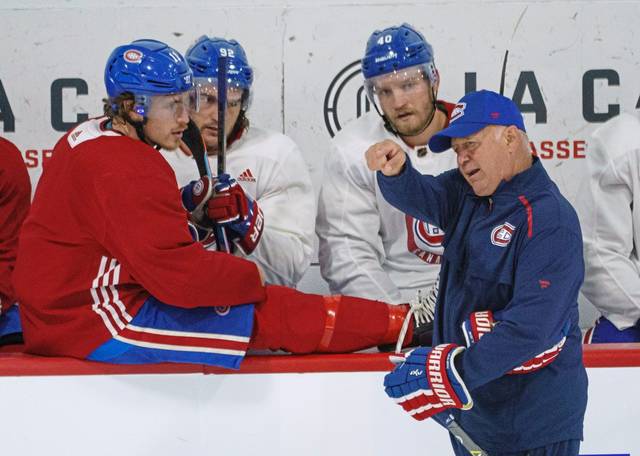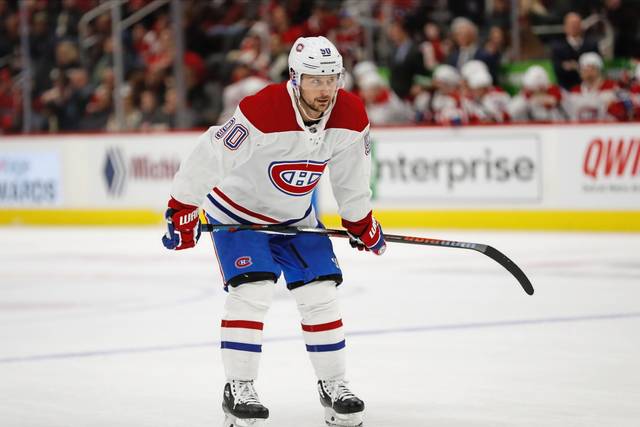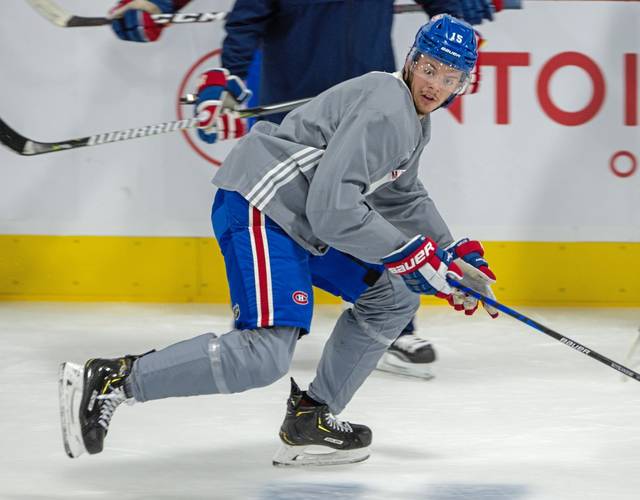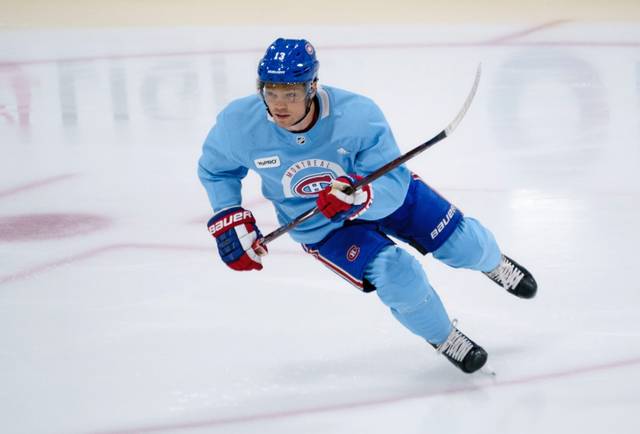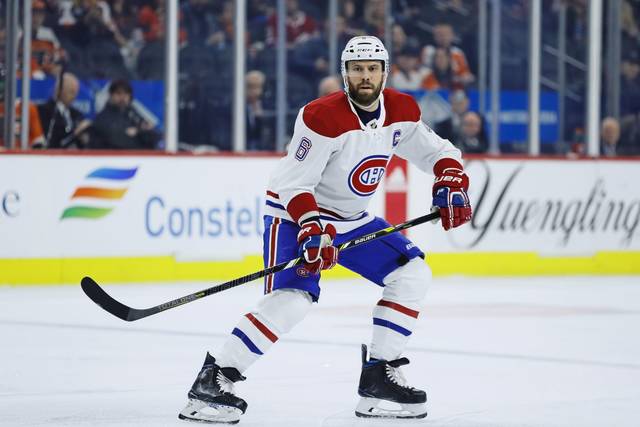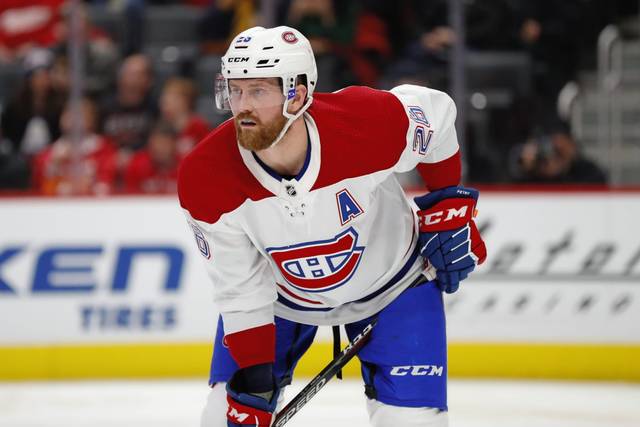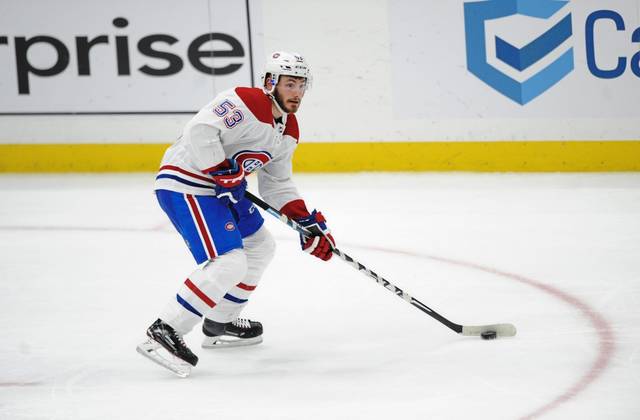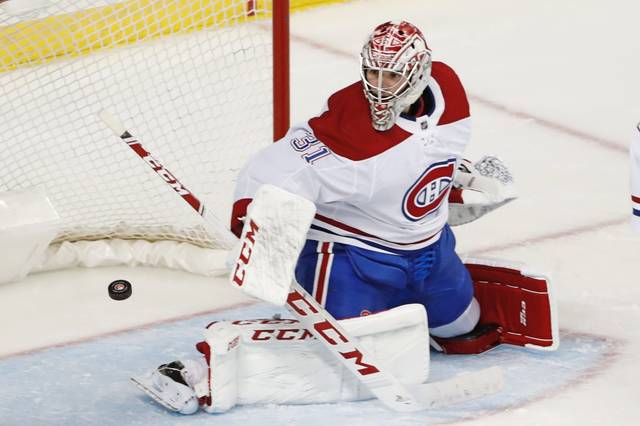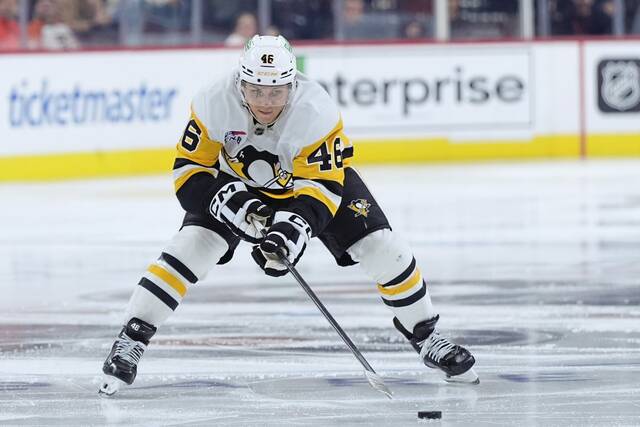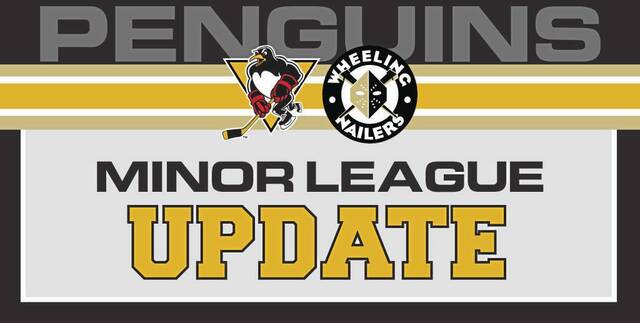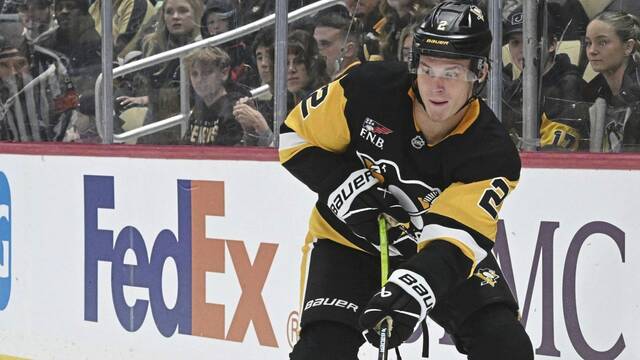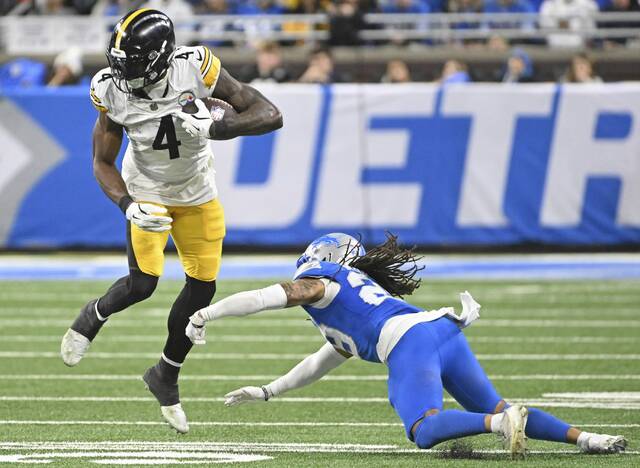He may have been a tad clumsy in how he said it, but Penguins forward Zach Aston-Reese was merely being reflective of the times we live in.
When asked about the challenges of defending the Montreal Canadiens’ top line on Monday, Aston-Reese was frank in his retort.
“I’m not sure exactly who is on their first line,” Aston-Reese said.
His statement didn’t come from a place of disrespect as much as it was a byproduct of not playing or even focusing on hockey for the better part of four-plus months due to the NHL’s hiatus due to the coronavirus pandemic.
But then again, who among us wouldn’t be a bit rusty when it comes to deliberating over a trio which was good enough to lead a team to the NHL’s 24th-best record in the regular season under even the best of circumstances?
The Penguins and all of us might need a refresher course on the Canadiens.
Here is a look at the Canadiens’ projected lines, pairings and goaltenders heading into their qualifying round series against the Penguins.
First line: Tomas Tatar – Phillip Danault – Brendan Gallagher
This trio, which escaped Aston-Reese’s immediate attention, did account for roughly 44% of the Canadiens’ five-on-five scoring among forwards this season. That figure isn’t necessarily reflective of their dominance as much as the Canadiens’ limited options. This is this is the best of a pretty bare bones group.
Tatar led the team in scoring with 61 points (22 goals, 39 assists) in 68 games. A skilled, speedy forward who can play both wings, he is clearly Montreal’s most dangerous offensive threat.
Danault might be the NHL’s top defensive forward as he routinely draws matchups against the opposition’s top centers. Look for him to face Penguins forward Sidney Crosby regularly.
Gallagher has a simple, steady game and does the vast majority of his damage in front of the net. He might not be as tenacious as Penguins forward Patric Hornqvist in that regard, but he might be more effective as evidenced by his team-leading 22 goals.
Second line: Jonathan Drouin – Nick Suzuki – Joel Armia
These three players have plenty of potential but have yet to live up to their billings.
Drouin might be Montreal’s most talented player. The No. 3 overall pick in the 2013 draft by the Tampa Bay Lightning, Drouin has largely been disappointing during his NHL career. Injuries limited him to 27 games and 15 points this season. It should be noted he has a history of postseason success against the Penguins as he scored five points in seven games during the 2016 Eastern Conference Final with Tampa Bay.
Suzuki, a former first-round pick of the Vegas Golden Knights (2017), enjoyed a solid but hardly spectacular rookie season, appearing in 71 games and recording 41 points (13 goals, 28 assists). He plays a fair two-way game and should draw assignments against Penguins forward Evgeni Malkin.
Armia is another former first-round pick (Sabres, 2011) who has a has some size (6-foot-4, 210 pounds) as well as some skating ability. His 16 goals and 30 points in 58 games this season were career-highs.
Third line: Paul Byron – Jesperi Kotkaniemi – Arturri Lehkonen
Byron is one of the NHL’s fastest players but is small (5-foot-9, 163 pounds), even by the league’s modern streamlined standards. Injuries limited him to 29 games and 10 points this season.
The Canadiens drafted Kotkaniemi with the No. 3 overall pick in 2018 with the hopes he would become the franchise’s next great center. To his point, he’s been a slightly below-average player who even spent time in the AHL this season. He has a world of talent but has yet to realize it at the age of 20.
Lehkonen is a steady goal scorer, routinely hitting double digits in his first four NHL seasons. Blessed with a solid shot but less than ideal skating, Lehkonen had 27 points (13 goals, 14 assists) in 70 games during the regular season.
Fourth line: Charles Hudon – Max Domi – Jordan Weal
Hudon has spent most of the season in the AHL, putting up 27 goals and 35 points in only 46 games with the Laval Rocket. He’s a potent scorer at lower levels but has rarely translated that to the NHL.
Domi might be the most talented fourth-line center in the NHL but that’s kind of a backhanded compliment. After a disappointing season – 17 goals and 44 points in 71 games – Domi has been relegated to the fourth line. He could very well move up and down the lineup given his abilities, but coach Claude Julien isn’t particularly enamored with Domi at the moment.
Weal has been an outstanding AHL player throughout his career but has never found a way to produce in the NHL the way he has in the minor leagues.
First pair: Ben Chiarot – Shea Weber
This super-size duo generally defies what most modern NHL teams desire with waterbug defensemen. But don’t be fooled by their dimensions. They’re a fairly effective duo that saw the opposition’s top line most games this season.
Chiarot (6-3, 225 pounds) had a career season, albeit through limited standards, with nine goals and 21 points in 69 games. Three of his goals were game-winners and he logged a career-best 23:09 of ice time per game.
At 34, Weber (6-4, 230 pounds) probably isn’t as effective of a player as he was during his days with the Nashville Predators, but he’s still one of the hardest shooters in the NHL. And he’s still a pretty nasty, physical defender.
Given this duo’s size and physical nature, Montreal coaches might try to match it up against Malkin instead of Crosby.
Second pair: Brett Kulak – Jeff Petry
This pairing is a little bit more in line with typical NHL defensemen today. They’re a bit smaller and much faster than the top duo and could very well be matched up against Crosby.
The 6-2, 190-pound Kulak, who tested positive for coronavirus in early July and missed part of training camp, doesn’t offer much offense (seven assists in 56 games this season) but he can skate. As one might suspect, defense is his game. This duo was Montreal’s best at suppressing shots attempts by opponents during the season.
Petry (6-3, 201 pounds) is the real star of this show. He led all Canadiens defensemen in points this season with 40 (11 goals, 29 assists) in 71 games. A competent puck handler in his own zone under pressure, Petry might be the Canadiens’ best option against Crosby’s line.
Third pair: Xavier Ouellet – Victor Mete
In all reality, the Canadiens might have to shelter this duo on the bench for any chance against the Penguins. Both players are small, fleet puck-movers but have significant red flags.
Ouellet (6-foot-1, 193 pounds) also missed part of training camp following a positive test for coronavirus. As far as his regular season, most of it was spent in the AHL as he appeared in only 12 NHL games and recorded two assists.
Mete (5-foot-9, 187) might have missed the remainder of the regular season due to a fractured foot, but the NHL’s halt bought him enough time to heal up and participate in the postseason tournament. When healthy, he can skate well but given how much time he’s been off his skates, it’s fair to wonder how his conditioning is.
Goaltenders: Carey Price – Charlie Lindgren
No goaltender played more than Price this season, appearing in a league-leading 58 games. His numbers were kind of ordinary with a 27-25-6 record, a 2.79 goals against average and a .909 save percentage.
But that was probably more emblematic of the team Price had to play behind this season than his abilities. At 32, Price remains one of the best at his position. But he’ll need to play well above above his elite skillset for the Canadiens to have a prayer.
It’s not clear if Lingren or Cayden Primeau will serve as the backup in this series, but it’s largely irrelevant. If Price isn’t in net for any reason, the Canadiens are done.


